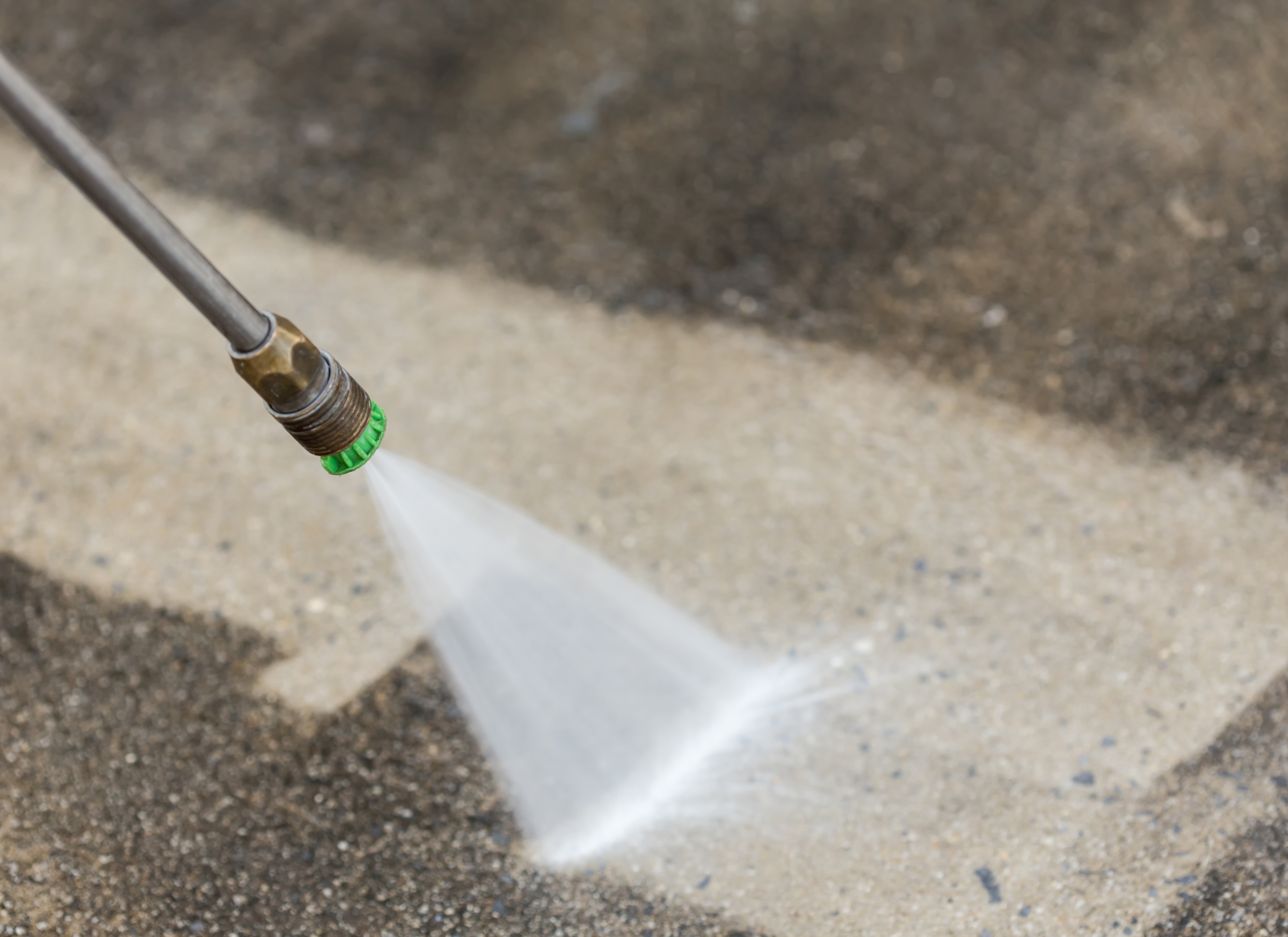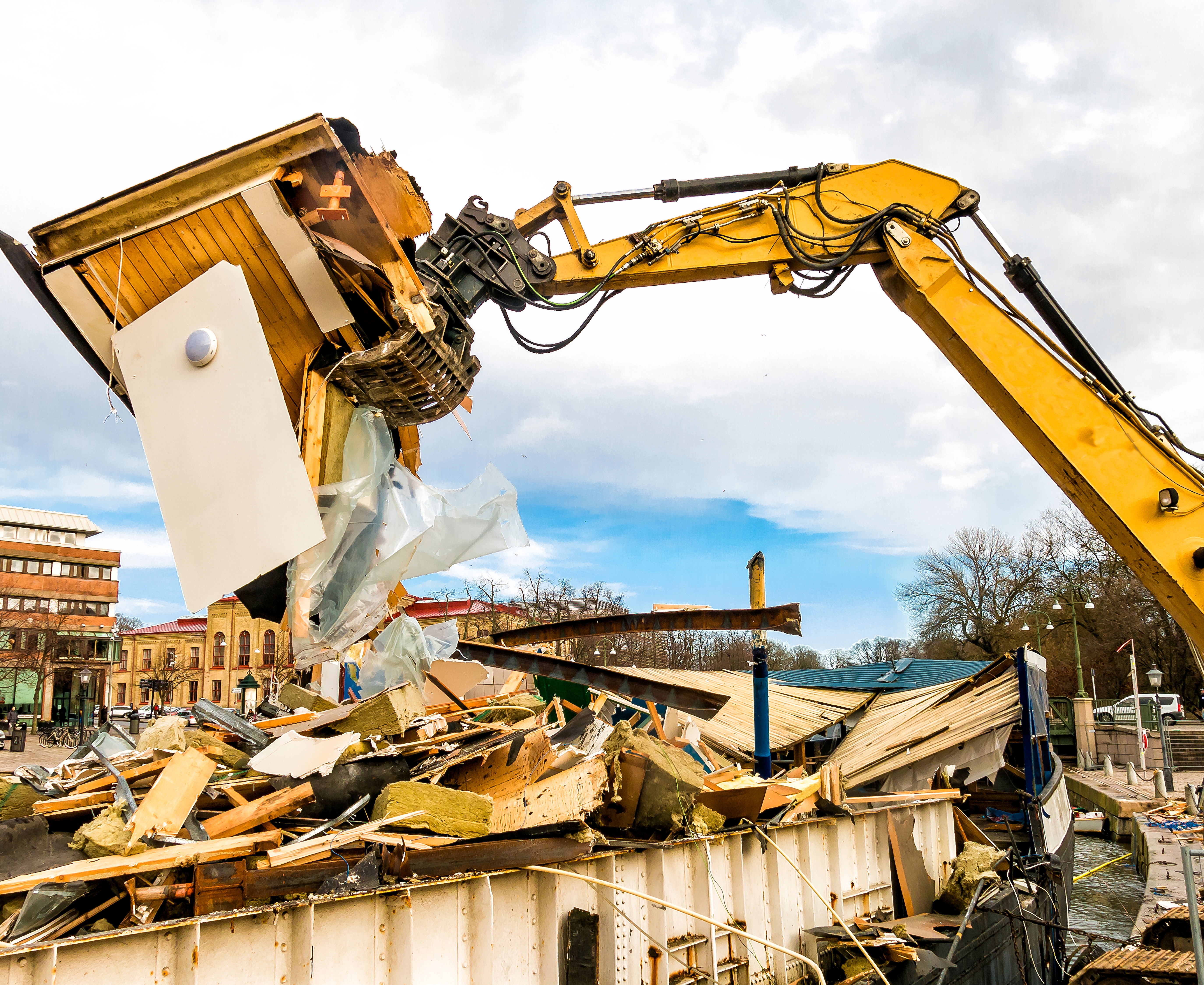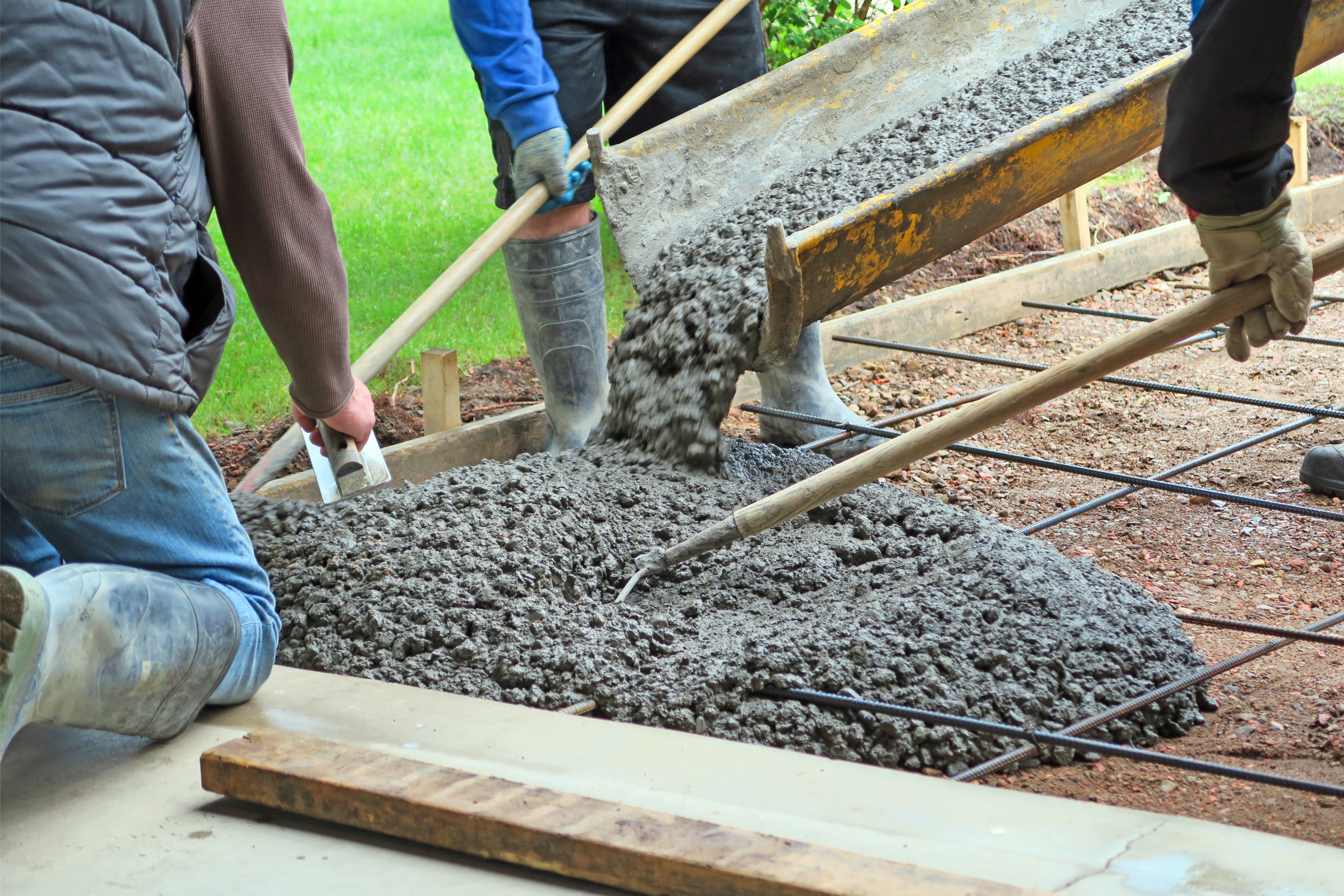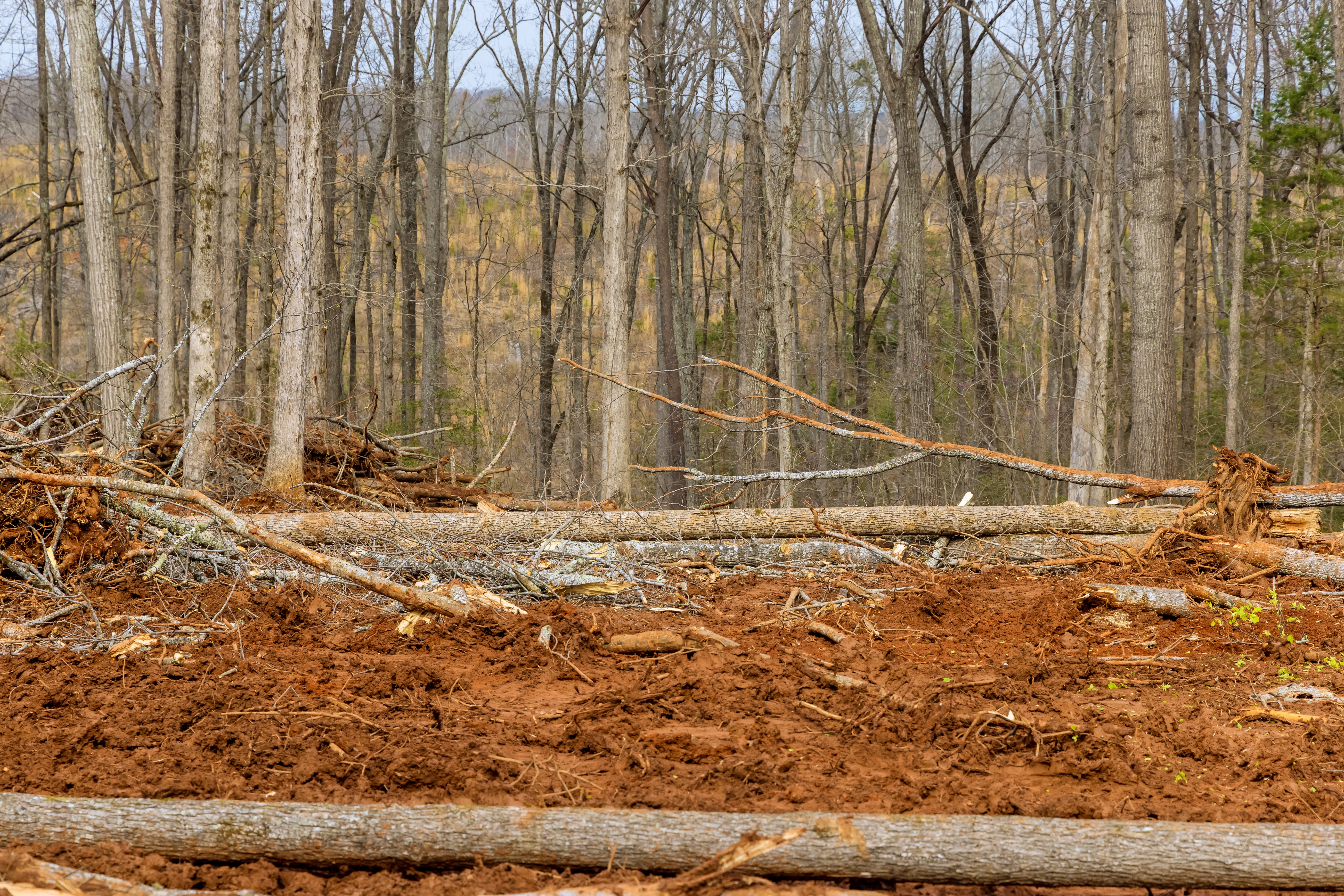Also Offered:
Driveway Pressure Washing

Junk Removal

Demo Clean Up

Concrete Driveways

Land Clearing

Demolition work is the process of tearing down or dismantling a building or structure. It involves the use of heavy machinery and equipment such as excavators, bulldozers, and cranes to break apart and remove the building materials. The work may also involve the use of explosives in controlled demolition scenarios. Before the demolition work begins, a thorough assessment of the site and structure is conducted to determine the appropriate methods and safety measures to be taken. The demolition team will need to obtain necessary permits and approvals from the local authorities. During the demolition process, the team will remove hazardous materials such as asbestos, lead, and other chemicals. They will also disconnect any utility connections such as electricity, water, and gas. The demolition process may involve separating and salvaging materials that can be reused or recycled. Once the structure has been dismantled, the debris is cleared and disposed of in a safe and environmentally friendly manner. After the demolition work is complete, the site will be left clean and level. Depending on the future plans for the site, additional work may be required, such as grading and soil stabilization.
Excavation work involves the process of digging, removing, and relocating soil, rocks, or other materials from a site. This type of work is typically carried out to prepare a site for construction, such as building foundations or to remove unwanted materials from a site, such as contaminated soil or debris. The excavation process may involve the use of heavy equipment, such as bulldozers, excavators, or backhoes, to dig and remove materials from the site. The work may also require the use of specialized tools, such as jackhammers or trenching machines, to break up or cut through hard surfaces. Excavation work can be dangerous, so it is important that companies follow strict safety guidelines and protocols to ensure the safety of workers and anyone else on the site. This may involve conducting regular safety inspections, providing appropriate safety equipment and training, and establishing emergency protocols in the event of an accident or other unexpected event.
Construction utilities work involves installing and maintaining the systems that provide essential services to buildings and infrastructure. This includes installing and repairing sewage and drainage systems, water supply systems, gas lines, electrical wiring and lighting, and telecommunications systems. Construction utilities workers typically work on construction sites and are responsible for digging trenches, laying pipes and cables, installing fixtures, connecting systems, and testing them for functionality. They use a variety of tools and equipment, including power drills, saws, welders, and heavy machinery like backhoes and excavators. Construction utilities workers also need to be familiar with local building codes and regulations, as well as safety procedures and protocols. They must work carefully to avoid damaging existing utility systems or other structures on the site. Additionally, they need to be able to work as part of a team and communicate effectively with other construction workers and project managers.
Concrete paving refers to the process of constructing solid, durable surfaces using concrete. It involves pouring a mixture of cement, water, aggregates (such as sand and gravel), and often additives or admixtures onto a prepared subbase or existing surface. The mixture is then leveled, compacted, and cured to create a robust and long-lasting pavement. Concrete paving offers several advantages, including its durability, strength, and versatility. It can withstand heavy loads, resist wear and tear, and tolerate extreme weather conditions. Concrete pavements are commonly used for various applications, such as roads, sidewalks, driveways, parking lots, airport runways, and industrial floors.




